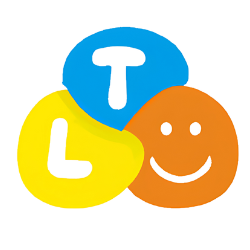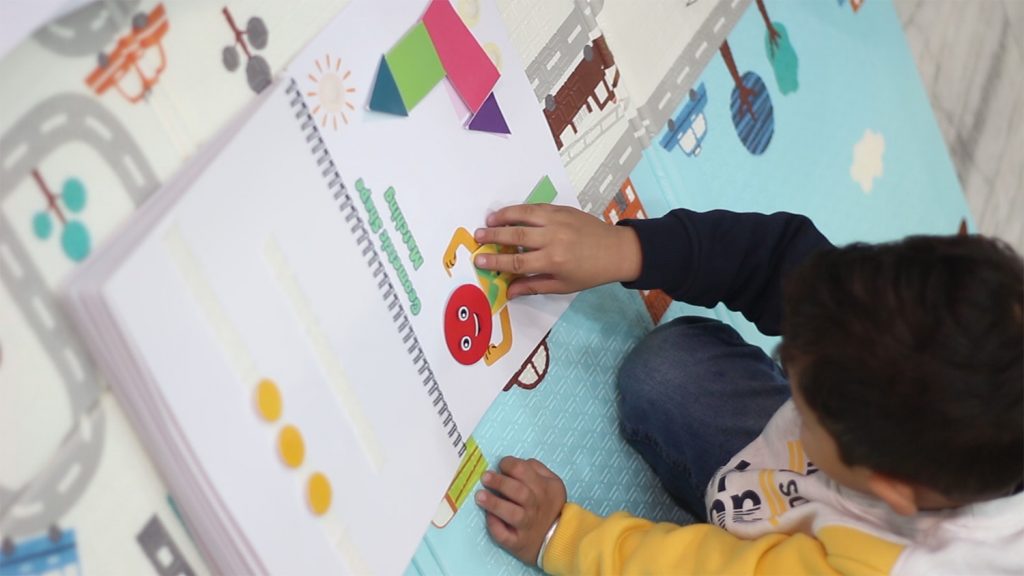General
Why Screen-Free Learning is Important for Early Childhood Development
Why Screen-Free Learning Is Important for Early Childhood Development
Introduction
In today’s digital age, screens are everywhere—tablets, smartphones, televisions, and computers have become staples in many households. While technology has its benefits, excessive screen time can be harmful to toddlers. Research suggests that prolonged exposure to screens can impact a child’s language development, attention span, and social skills.
The good news? Screen-free learning provides a powerful alternative that nurtures creativity, problem-solving skills, and hands-on engagement. In this post, we’ll explore why reducing screen time is beneficial for young children and how interactive activities, like The Toddler Learning Binders, can support their growth and development.
1️⃣ The Impact of Screen Time on Early Childhood Development
Studies show that excessive screen time can lead to:
- Delayed speech and language development – Toddlers learn language best through face-to-face interactions, not passive screen exposure.
- Reduced attention span – Fast-paced digital content can make it harder for children to focus on real-world tasks.
- Limited sensory and motor development – Hands-on activities help build coordination, something screens cannot provide.
📌 Want to encourage hands-on learning? Check out our Toddler Learning Binders for an interactive approach!
2️⃣ The Benefits of Screen-Free Learning
Encourages Creativity & Problem-Solving
When toddlers engage in screen-free play, they use their imagination and problem-solving skills. Activities like sorting, tracing, and matching objects encourage cognitive development without digital distractions.
Enhances Fine Motor Skills
Hands-on activities like tracing, peeling stickers, flipping pages, and matching pieces strengthen fine motor skills, which are essential for writing and self-care tasks later in life.
📌 Looking for an engaging screen-free activity? Try our Alphabet Binder and Shapes Binder for interactive learning!
3️⃣ How to Reduce Screen Time for Toddlers
✔ Create a Screen-Free Routine
Instead of allowing unlimited screen time, establish a predictable routine that includes:
- Morning Playtime → Storytime → Hands-on Activity → Outdoor Time
✔ Introduce Engaging Hands-On Activities
Some fun alternatives to screen time include:
- Puzzle-solving to improve problem-solving skills
- Pretend play (e.g., role-playing as a teacher, doctor, or chef)
- Learning binders with interactive pages for letters, numbers, and shapes
📌 Need more ideas? Read our 10 Easy Screen-Free Activities for Toddlers!
4️⃣ Screen-Free Learning with The Toddler Learning Binders
What Makes These Binders Special?
- ✅ Real images instead of cartoons help toddlers recognize real-world objects
- ✅ Reusable pages with dry-erase features for continuous practice
- ✅ Engaging activities cover letters, numbers, shapes, and colors
- ✅ Travel-friendly design for learning on the go
📌Don’t miss out on our Animals Binder and Fruits & Vegetables Binder—perfect for teaching little ones about the world around them!
5️⃣ Final Thoughts
Reducing screen time doesn’t mean eliminating technology—it is about finding the right balance and encouraging hands-on, interactive learning. Simple changes, like incorporating screen-free activities into your child’s routine, can lead to long-term benefits in their development.
Start small—try one screen-free activity a day and see how your child’s creativity and focus grow! Are you ready to make learning fun and interactive?
👉 Check out our Screen-Free Learning Binders today!



